Military Computers - Thomas Gagnour is a policy researcher at RAND specializing in cost evaluation and analysis. Worked with Homeland Security Operational Analysis Center (HSOAC), Project Air Force, National Defense Research Institute, Education and Labor, Health Care, and Social and Economics ... David Packard and Bill Hewlett established their company in
the Palo Garage, California set in Alto. The first product, the HP 200A audio oscillator, became a popular test tool for engineers. Walt Disney Pictures ordered eight of the 200B models in 1940 to test recording equipment and sound systems for 12 specially equipped theaters showing the movie "Fantasia."
Military Computers
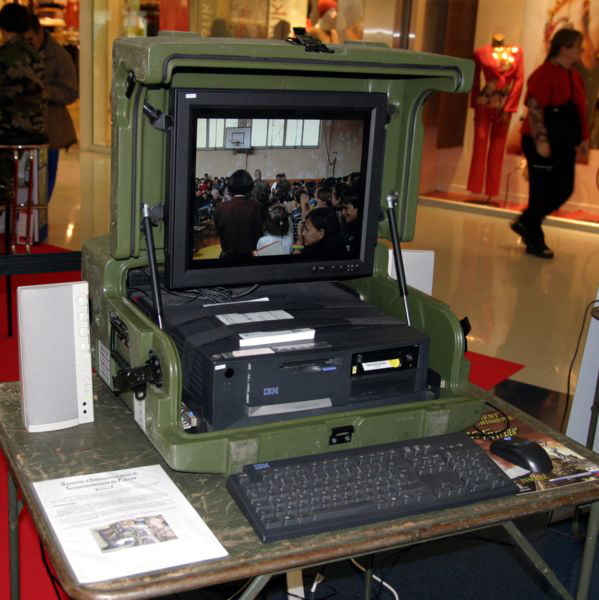 Source: images-cdn.9gag.com
Source: images-cdn.9gag.com
Christa S. Langland (she) is a physical scientist at the RAND Corporation, focusing on developing systems and models to aid strategic development and decision-making. His recent work at RAND focuses on policy and strategy in the field of space, including space deterrence, building ... The Nest Learning Thermostat is the first product built for
The Composition And Employment Of Software Personnel In The Us Department Of Defense An Initial Analysis
The emerging "Internet of Things" envisions a world where the masses can. Everyday devices have network connectivity and can exchange information or be controlled. Nest allows remote access to the user's home thermostat via smartphone or tablet and can also send monthly power consumption reports to help save on utility bills.
energy. Nest will remember the user's preferred temperature by 'training' it to track daily usage patterns over a few days, then adapt to the new temperature control method. it's at home. Designed by scientists and engineers at MIT's Instrumentation Laboratory, the Apollo Guidance Computer (AGC) is the culmination of years of work to reduce the size of the Apollo spacecraft's computer to a single component.
slightly smaller than the size of seven refrigerators. 70 lbs. and take a volume of less than 1 cubic meter. AGC's first flight was on Apollo 7. A year later, it sent Apollo 11 to the surface of the Moon.
The astronauts communicated with the computer by entering a two-digit code into the Display and Keyboard Unit (DSKY). AGC was one of the earliest uses of an integrated circuit, and used read-only magnetic stripe memory along with main memory.
Exploring The Civil-Military Divide Over Artificial Intelligence
Astronauts are responsible for entering more than 10,000 commands into the AGC during each trip between Earth and the Moon. Invented by Harvard physics professor Howard Aiken, and developed by IBM and manufactured by Harvard, the Harvard Mark 1 is a one-room computer.
The machine had a fifty-foot camshaft running the length of the machine that matched the machine's thousands of parts and used 3,500 gears. The Mark 1 produced a mathematical table, but was soon replaced by a stored electronic computer.
The title of "first general purpose computer" goes to the Ferranti Mark I in England for the sale of the first Mark I computer to the University of Manchester. The Mark 1 is an improvement on the Manchester "Baby" and Manchester Mark 1 experimental computers, also at the University of Manchester.
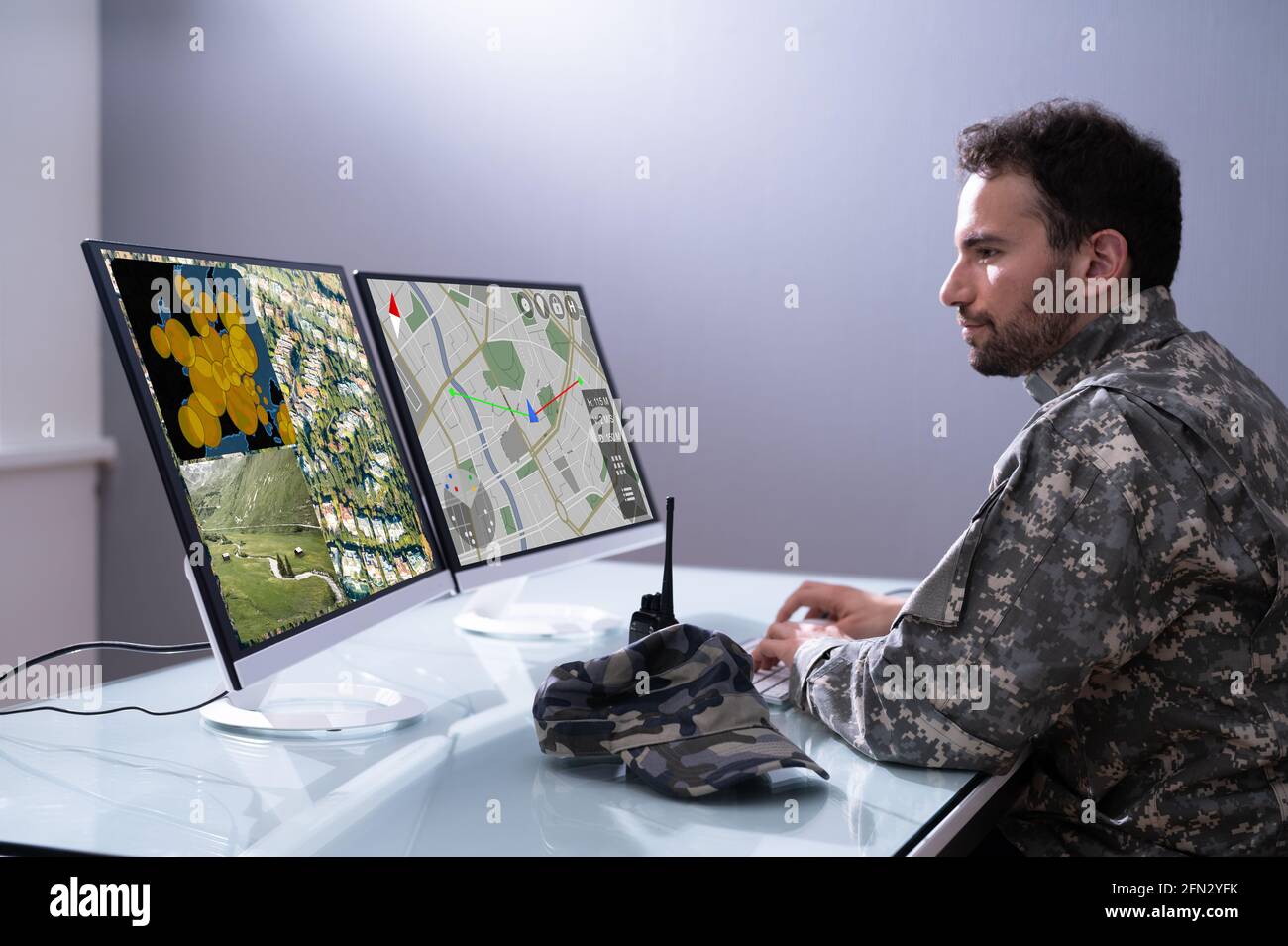 Source: c8.alamy.com
Source: c8.alamy.com
A British government contract encouraged its initial development but a change of government resulted in financial losses and the second and only Mark I was sold at a huge loss to the University of Toronto, which was renamed FERUT
How Japan Can Prepare For Future Conflicts
. The US Navy Tactical Data System uses computers to enter and display radar, sonar, and communications data. This real information system started working in the early 1960s. In October 1961, the Navy tested NTDS on the carrier USS Oriskany and the frigates USS King and USS Mahan.
After decades of successful use, NTDS was phased out in the 1980s in favor of the new AEGIS system. During World War II, the US Navy approached the Massachusetts Institute of Technology (MIT) about building a flight simulator to train bomber crews.
Led by Gordon Brown and Jay Forrester of MIT, the first team built a small analog simulator, but it turned out to be inaccurate and ineffective. The news of the electronic computer ENIAC in the same year prompted the group to change course and try a digital solution, allowing flight variables to be programmed quickly in software.
Completed in 1951, Tornado is one of the most important computer projects in the history of computing. Most important in its development was Forrester's development of magnetic core memory, which became the dominant form of high-speed random access memory for computers in the mid-1970s. Daniel Hillis
French Army Approaches To Networked Warfare
from Thinking Machines Corporation took artificial intelligence a step further when it developed the controversial concept of massive parallelism in the Connection Machine CM-1. This machine used up to 65,536 one-bit processors and could complete millions of operations per second.
Each processor has its own bit of memory connected to the others via a flexible network that can be changed by the user through reprogramming instead of rewiring. The machine's communication system and switches allow processors to send information and requests to other processors in a simulation of the brain's connected memory.
Using this system, the machine can work faster than others at that time on a problem that can be shared among many processors. DEC was originally founded to manufacture electronic modules for the test, measurement, prototyping and control markets.
Its founders are Ken and Stan Olsen and Harlan Anderson. Digital Equipment Corporation, headquartered in Maynard, Massachusetts, occupies more than 8,680 square feet of leased space in a nineteenth-century mill that produced blankets and uniforms for soldiers who fought in
 Source: thumbs.dreamstime.com
Source: thumbs.dreamstime.com
Army Analytic Capabilities
the civil war. General Georges Doriot and his pioneering company, American Research and Development, used $70,000 for 70% of DEC's stock in 1957 to start the company. The mill is still used today as an office park (Clock Tower site).
The Institute for Advanced Study (IAS) in Computers is a multi-year research project under the supervision of world-renowned mathematician John von Neumann. The concept of storing data and instructions in memory is known as the 'stored program concept' to distinguish it from earlier computer instruction methods.
The IAS computer was designed for scientific calculations and played a vital role in the US nuclear weapons program. Over the years, the basic design of the IAS machine has been copied in at least 17 places and given similar sounding names, for example, MANIAC at the Los Alamos Scientific Laboratory;
ILLIAC at the University of Illinois; Johniac at the RAND Corporation; and SILLIAC in Australia. Apple initially included a handle in its Macintosh computers to encourage users to take their Macs on the road, although Apple would not introduce a true portable computer until five years after the initial introduction.
How The Military Might Expand Its Cyber Skills
The Macintosh Portable was heavy, weighing sixteen pounds, and expensive ($6,500). Despite widespread praise from the press for its dynamic matrix display, detachable trackball, and performance, sales were weaker than expected. The line closed after less than two years.
Many attempts have been made to build a computer into a watch face but the release of the Apple Watch takes the excitement to a new level. Featuring a version of Apple's iOS operating system as well as sensors for environmental and health monitoring, the Apple Watch is designed to integrate into Apple's compatible environment.
iPhones and Mac Books. Around one lakh units were ordered on the day of release. The watch was received enthusiastically, but critics decried the relatively limited battery life and high price. Designed by Steve Wozniak of Sunnyvale, California, and marketed by his friend Steve Jobs, the Apple-1 was a one-of-a-kind computer for hobbyists.
With an order of 50 systems collected from the Mountain View, California computer store The Byte Shop, a new company called Apple Computer, Inc. was formed. A year later with the Apple II as a ready-to-consumer computer, a model that sold millions for nearly two decades.
Wing-Level Mission Assurance For A Cyber-Contested Environment
Palm Inc., founded by Ed Colligan, Donna Dubinsky and Jeff Hawkins, created the software for the Casio Zoomer personal data assistant. The first generation of devices produced by Palm, the Palm 1000 and 5000, are based on a Motorola microprocessor running at 16 MHz, and use a special gesture input language called "Graffiti", which is faster and faster to
 Source: cdn.adlinktech.com
Source: cdn.adlinktech.com
learn. The Palm can be connected to a PC or Mac via the serial port to synchronize the computer and the Palm. To emphasize this capability, the company called it a 'connected organizer' instead of a PDA.
Apple introduced the Macintosh in a television commercial during the 1984 Super Bowl that plays on the theme of authoritarianism in George Orwell's novel 1984. the personal computing found in the Macintosh. The Macintosh was the first successful mouse-based computer with a graphical user interface and was based on the Motorola 68000 microprocessor. It cost $2,500.
Applications included in the package included MacPaint, which used the mouse, and MacWrite, which did WYSIWYG (What You See Is What You Get) word processing. The author describes and describes the software workforce of the US Department of Defense (DOD), the types of software developed within the DoD, and the different methods used by DoD programs when using this workforce.
How The Us Air Force Can Incorporate New Data Technologies Into Its Talent Management System Framework And Use Cases For Technology-Enabled Talent Management
to develop software. Jacobs said Penguin typically builds this type of platform in a matter of months, but Penguin, like many companies around the world, has faced challenges in its global supply chain, particularly around the chips.
Jacobs and Ireland said supply chain restrictions are beyond the company's control, but they said they will not significantly delay the project. Artificial intelligence is expected to be a core capability that will enable the US military to maintain its dominance.
How do software engineers and other technical workers view the security industry? Are they willing to participate in projects related to AI for military use? The 1401 mainframe, the first of the series, replaced earlier vacuum tube technology with smaller, more reliable transistors.
There were more than 12,000 requests for the 1401 computers, and the machine's success made a strong case for general-purpose computers rather than specialized systems. By the mid-1960s, nearly half of all computers in the world were IBM 1401s.
In 1939, Bell Telephone Laboratories completed this calculator, which was invented by scientist George Stibitz. In 1940, Stibitz presented CNC at the American Mathematical Society conference held at Dartmouth College. Stibitz surprised the group by doing calculations remotely from the CNC (in New York City) using a teletype terminal connected to New York by private telephone.
This is probably the first example of remote access computing. The 486 chip was identical to its predecessor, the 386 chip. What made the 486 special was its improved instruction set, with integrated on-chip instruction and data caches and on-chip floating-point elements.
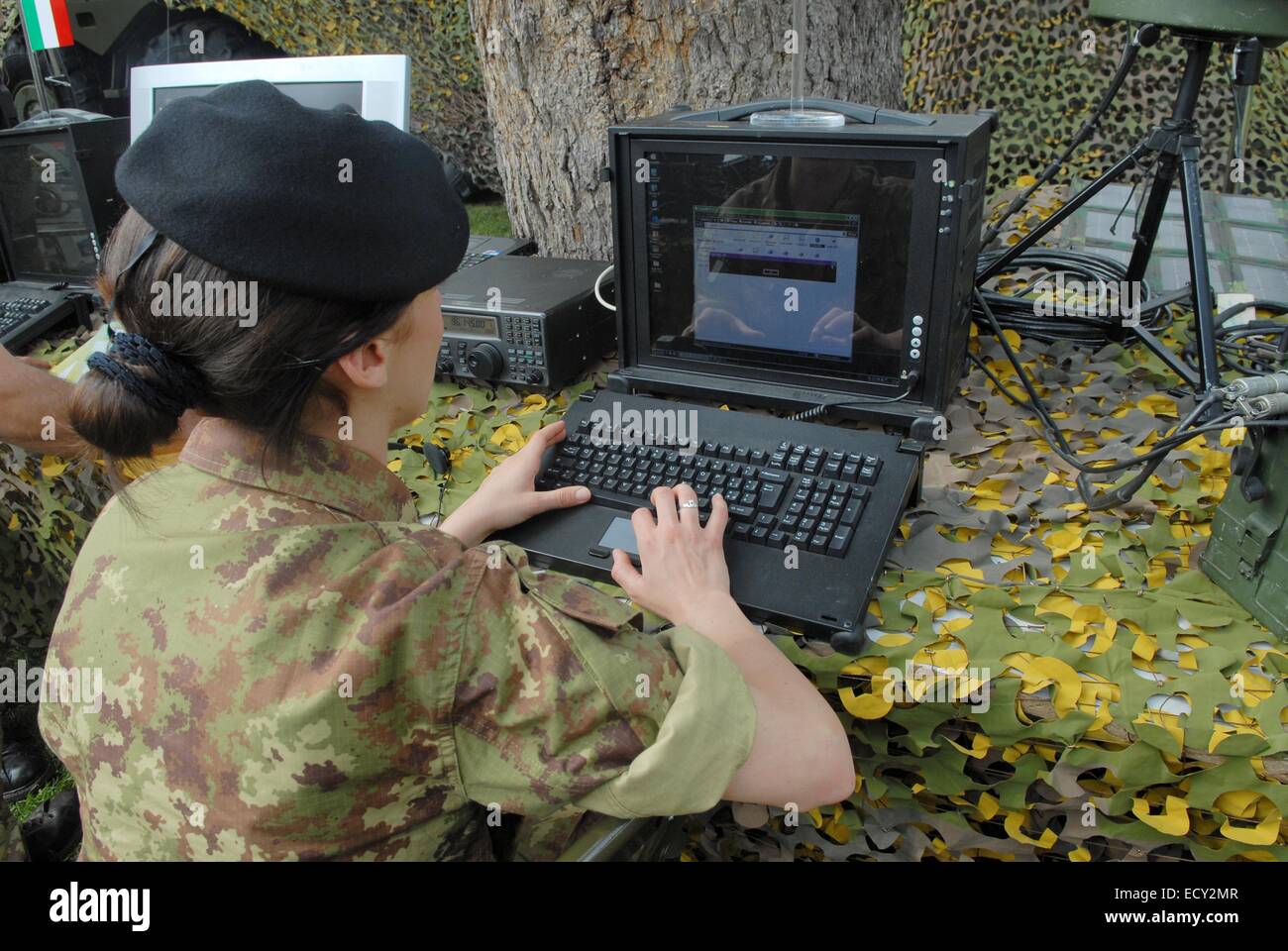 Source: c8.alamy.com
Source: c8.alamy.com
With the bus interface unit, the microprocessor doubled the performance of the 386 without increasing the clock rate. Commodore's Amiga 1000 was announced at a major event at Lincoln Center in New York, attended by celebrities such as Andy Warhol and Debbie Harry from the music group Blondie.
The Amiga retailed for $1,295 (without a monitor) and had far more audio and video than found on most personal computers. It created a very loyal following, while additional features allowed it to be easily upgraded.
The inside of the Amiga case is engraved with the signatures of Amiga designers including Jay Minor as well as a print of his dog Mitchie. Based on a microprocessor (Intel 8008), the first commercially released US computer has 4 KB of internal memory and a cassette tape interface, as well as a teletype and oscilloscope interface.
Scelbi targets 8H, which is available both as a kit and fully assembled in scientific, electronic and biological applications. In 1975, Scelbi introduced the 8B version with 16 KB of memory for the commercial market. The company sold about 200 machines, making a loss of $500 per unit.
Mainframe computer is the first company to use IBM 7000 series transistor. At the top of the line was the model 7030, which is also known as "खिंचाव". Nine computers, which included dozens of advanced design innovations, were sold to national laboratories and major scientific users.
A special version, known as Harvest, was developed for the US National Security Agency (NSA). The knowledge and technologies developed for the stretch project played a prominent role in the design, management and construction of the most successful computer family in the history of IBM - IBM System / 360.
The Mark-8 "Do-It-Yourself" Kit is designed by graduate student John Titus and uses an Intel 8008 microprocessor. The kit was in the cover story of Hobbyist magazine Radio-Electronics in July 1974 - MITS Altair 8800 के ज़मेश पुलेख परिवर्ण पूर्विष्ट परिक्षा पूर्य पुर्ची परिक्षा परिक्टिक थी.
Mark-8 cost $5 and a blank circuit board was available for $50. Designed by Don Lancaster, the TV typewriter is an easy-to-use kit that can display alphanumeric information on a simple television set. Hobbyist Magazine Radio Electronics September 1973 issue featured electronics components worth $120.
The original design included two memory boards and could generate and store 512 characters as 16 lines of 32 characters. A cassette tape interface provides supplementary storage for text. In the 1990s, many small television stations used TV typewriters.
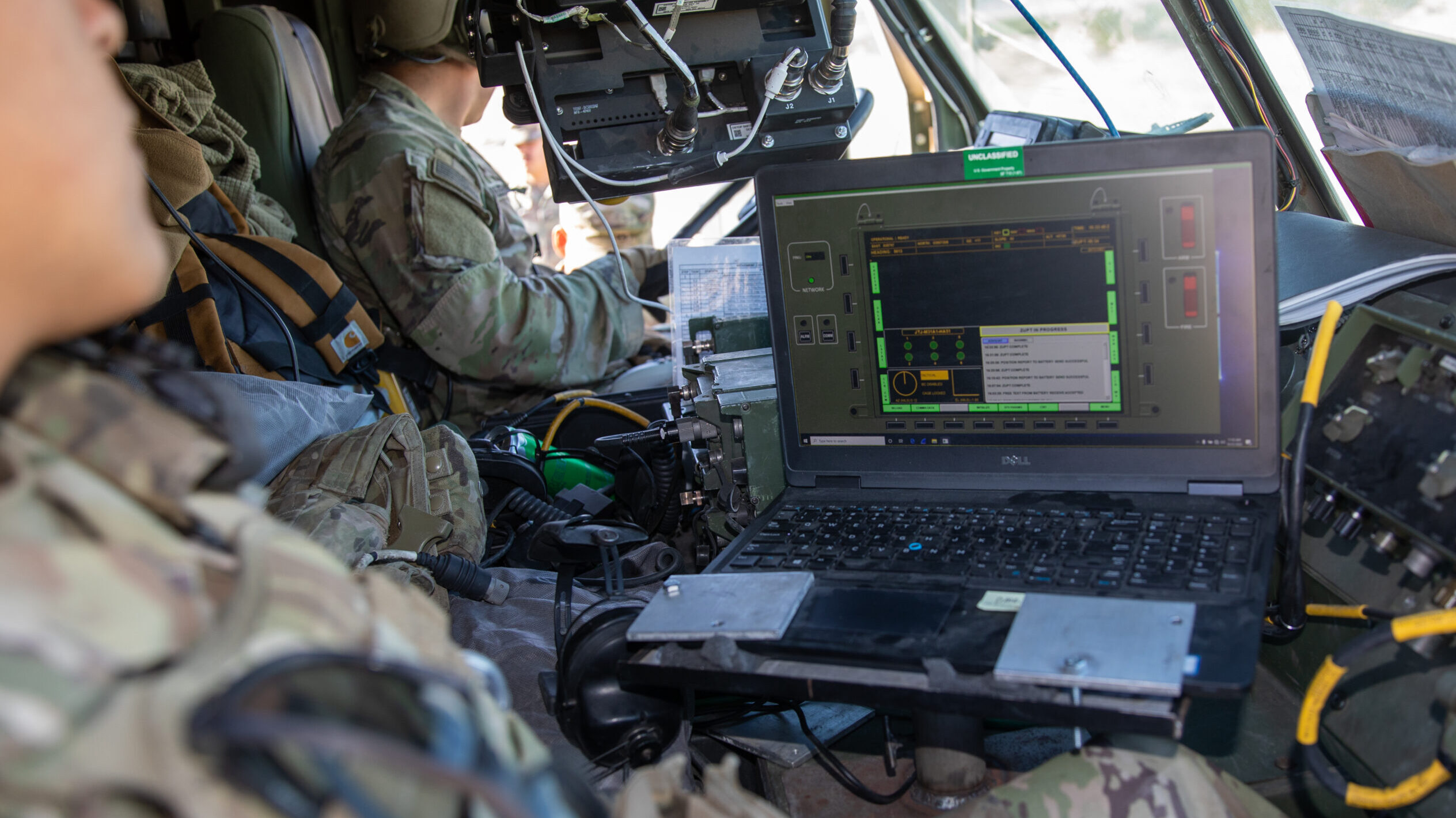 Source: sites.breakingmedia.com
Source: sites.breakingmedia.com
Intel released the 80486 microprocessor and the i860 RISC/coprocessor chip, each of which contained more than 1 million transistors. RISC मिक्रोपोसर में 32-BIT पूर्नक अंक्गानित अर टर्क आटित (CPU का वह भाग जो जो जोड़ उगताव जे विव्योग करता है), 64-bit floating-point unit अवर 33 MHz की क्लोक डेर टी।
24 pounds of weight and 1,795 dollars, the Osborne 1 is the first large-scale portable computer. Its price was especially attractive because the computer included very useful productivity software worth about $1,500. It includes a 5 inch display, 64 KB memory, a modem and two 5.25 inch floppy disk drives.
After successfully demonstrating a proof-of-concept prototype in 1939, Professor John Vincent Attanasoff received funding to build a full-scale machine at Iowa State College (now University). The machine was designed and built between 1939 and 1942 by Atanasoff and graduate student Clifford Berry.
ABC was at the center of a patent dispute related to the invention of the computer, which was resolved in 1973 when it was shown that ENIAC co-designer John Mauchly saw ABC in action. Petaflop number one quadrillion (1,000,000,000,000,000).
उस परिप्रेक्ष्य में, according to Neumeyer, HPCMP के साथ के कुल कुचाई है This is the Navy's most powerful (ज्ञात) supercomputer, नरवाल शाली है, which is capable of 12.8 petaflops. वयु सेना के सैप्स पुष्टिक सुप्रकृपूर्टर मस्टांग का गुद्य शिस 4.87 पेताफलोप करने में सक्षा है.
(Мастанг ка чеси графов хай, Неумейер не нот кия.) पेंगुन के डो ट्रुफ्चक सुप्रकूप्योर - 8.5 पेताफलोपस पर 9 पेताफलोप्स पर रेज्ञेश होने की उच्या है - HPCMP के बाब तक के सबसे पूष्टिक कुप्ट्रों में, आयर्ण ने कहा.
System/360 is a major event in the history of computing. On 7 April, IBM announced five models of the System/360, which ranged from 50-to-1 performance. In the same press conference, IBM announced 40 completely new peripherals for the new family.
System/360 was targeted for both business and scientific customers and all models could run the same software on a large scale without any modification. IBM's initial investment of 5 billion dollars was immediately returned because orders for the system increased to 1,000 per month within two years.
When IBM released the System/360, the company changed from discrete transistors to integrated circuits, and its main source of revenue began to shift from punch card equipment to electronic computer systems. Apple entered the handheld computer market with Newton.
Dubbed the "personal data assistant" by Apple president John Scully in 1992, the Newton displayed several characteristics that would define handheld computers in the coming decades. குர்கு க்கு க்கு க்கு க்கு வெலை வெலை கியுக்கு கியுக்கு கியு க்கு க்கு க்கு க்கு க்கு க்கியுக்கு க்கி.
Newton Line did not perform as expected and was closed in 1998. PC Junior is marketed as a home computer, but it is very expensive and limited in performance to compete with many other machines in that market.
ಕಾರಿಕ್ತಿಕಿಕ್ಕ್ಕಿಕ್ಕ್ಕ್ಕ್ಕ್ಕ್ಕ್ ಕ್ಯು ಇಯಿಕ್ತಿಕ್ಟ್ ಕಿಕಿಕ್ಟ್ಕ್ ಕಿಕ್ಟಿ ಕಿ ಕಿ ಕಿಕಿಕಿಕಿ ಕಿಕ್ಕಿಕಿಕಿ. While PC Junior sold poorly, PC/AT sold in lakhs. आशेनी मुल बिम्प की विश्वार में विश्य प्रेष्ट वर स्टाग्रोग का की बेचा की आवर अध्या 4,000 में बेचा.
It is equipped with a high density 1.2-megabyte 5 1/4-inch floppy disk.
computer military games, military computer programs, military computer deals, application of computer in military, military computers for sale, military computer software, advanced military computers, military rugged computer
 Source: ae01.alicdn.com
Source: ae01.alicdn.com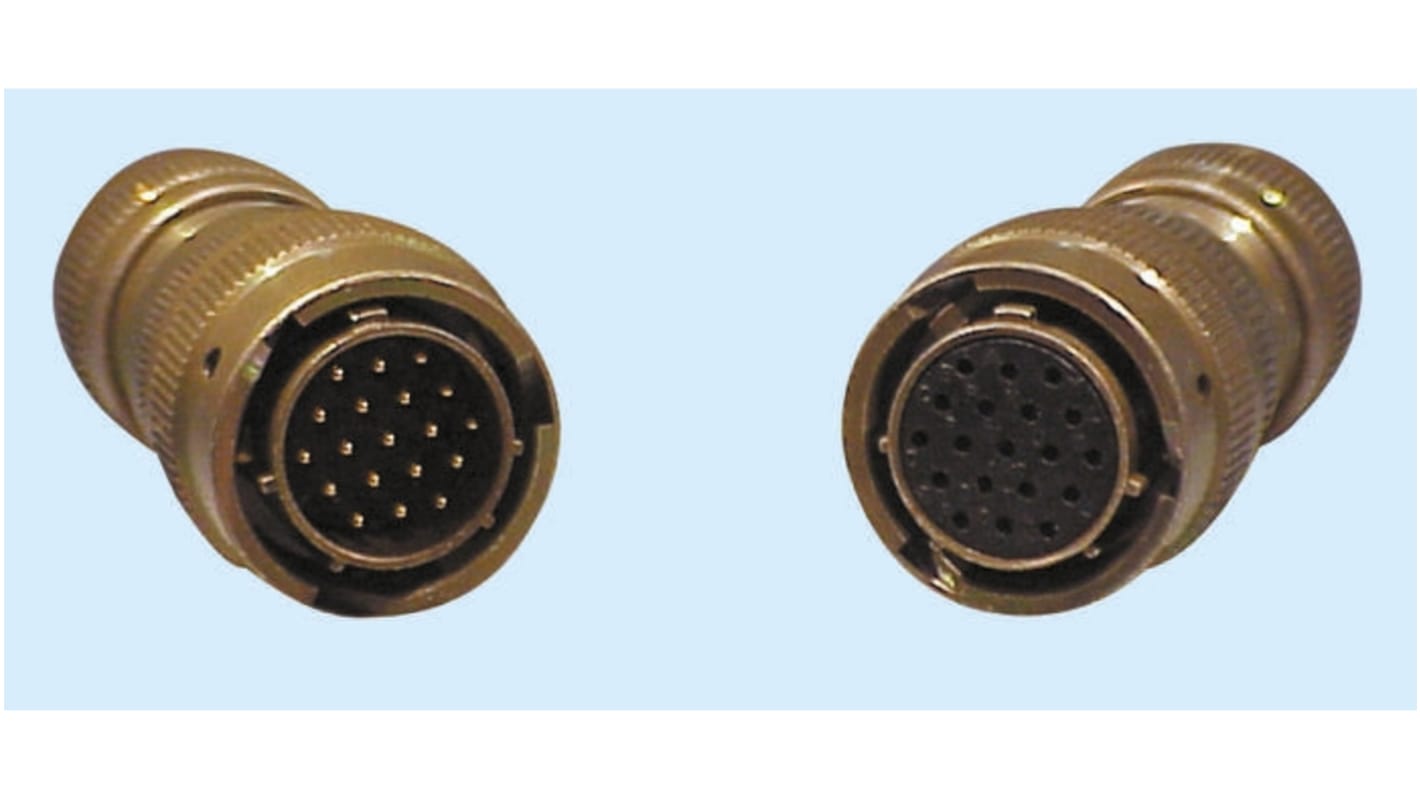
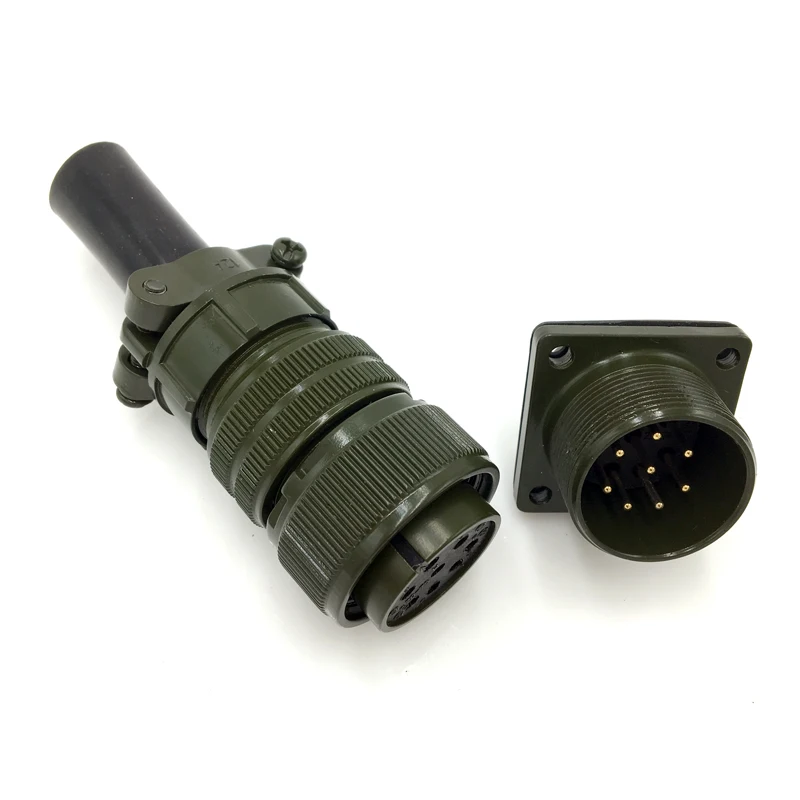 Source: ae01.alicdn.com
Source: ae01.alicdn.com
Source: www.part-bay.com
Source: g01.a.alicdn.com
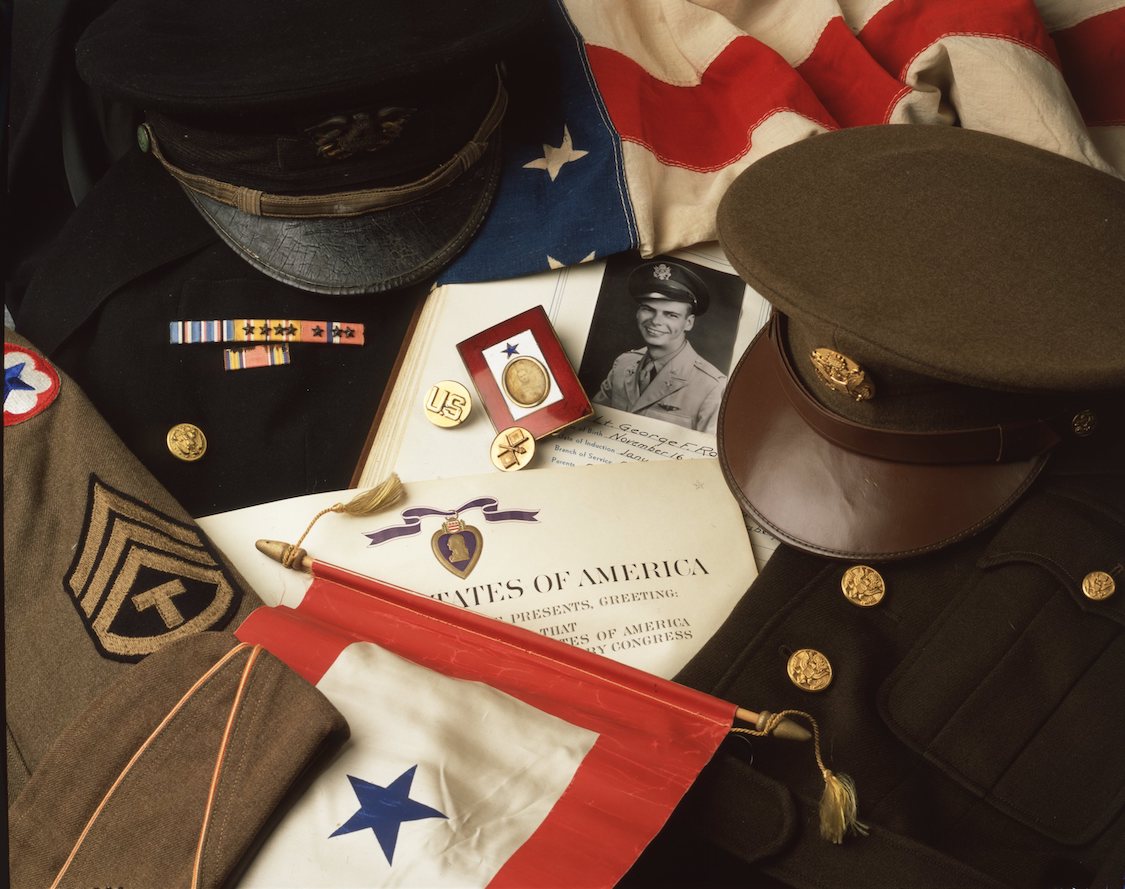
 Source: i.pinimg.com
Source: i.pinimg.com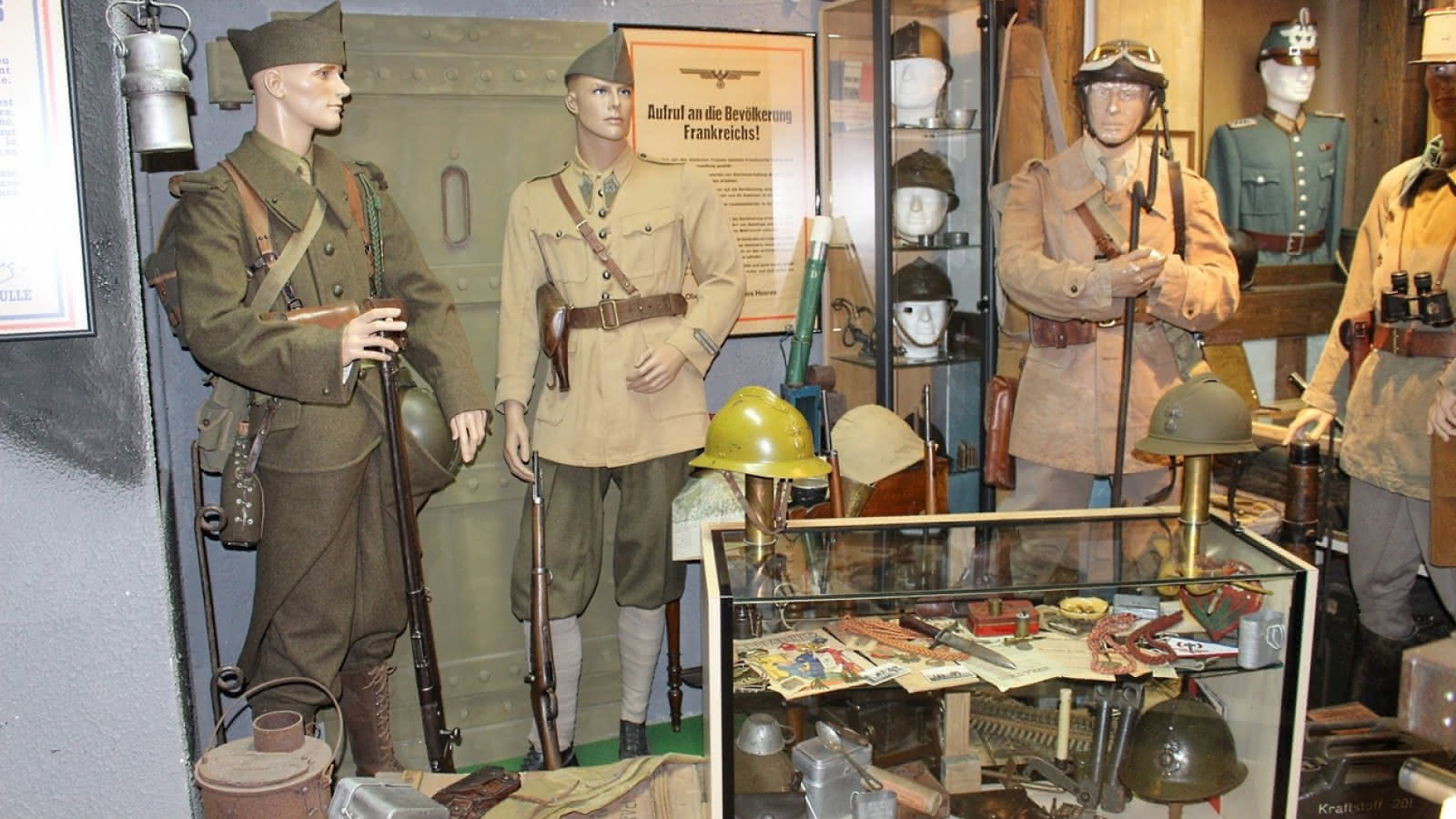 Source: www.visit.alsace
Source: www.visit.alsace Source: i.ebayimg.com
Source: i.ebayimg.com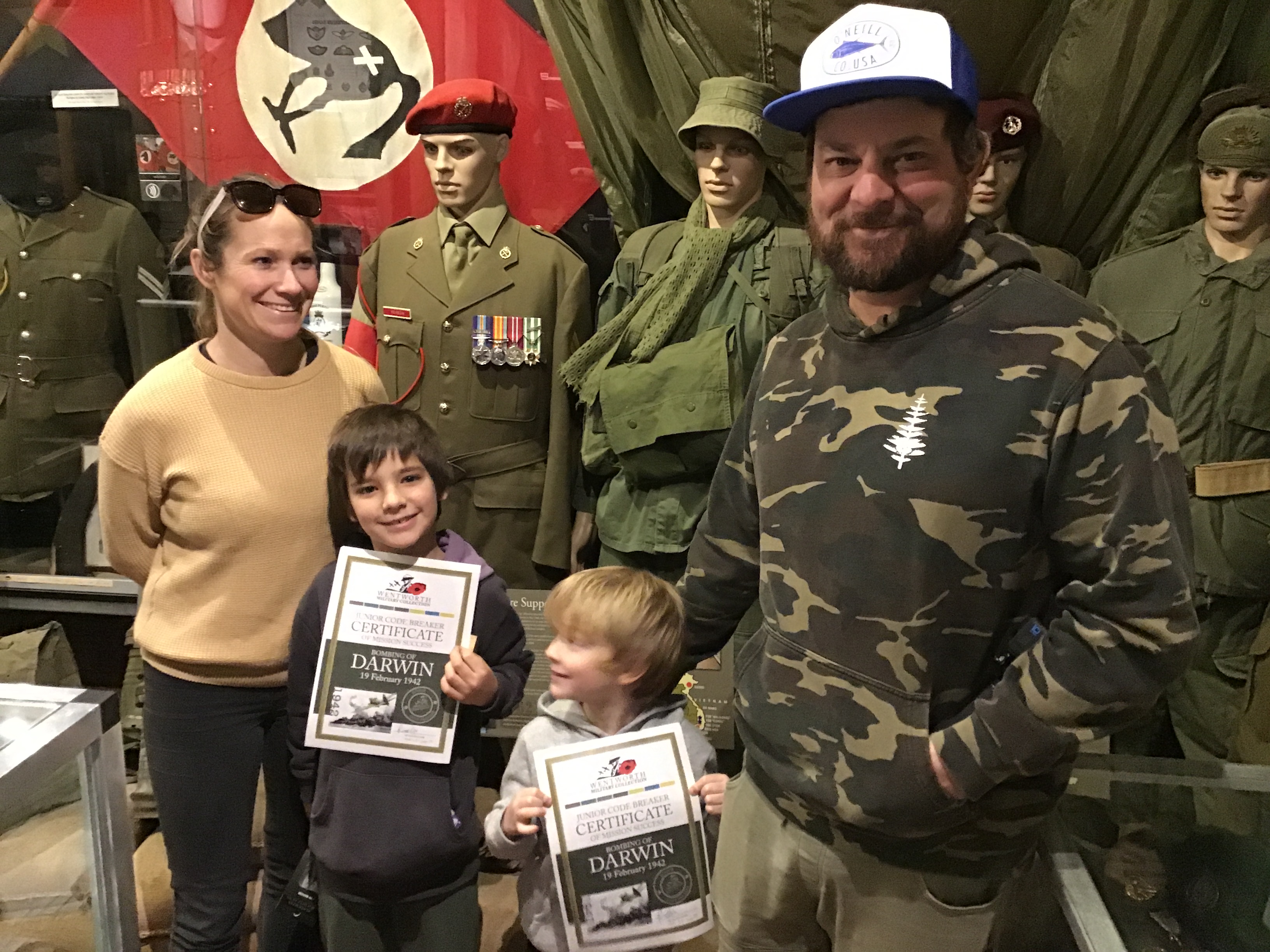 Source: www.wentworthmilitarycollection.com
Source: www.wentworthmilitarycollection.com
:max_bytes(150000):strip_icc()/cristianoronaldocombover-743589b46b324f6384443d1616108ba6.jpg) Source: www.byrdie.com
Source: www.byrdie.com Source: www.ausa.org
Source: www.ausa.org Source: mensflair.com
Source: mensflair.com Source: haircutinspiration.com
Source: haircutinspiration.com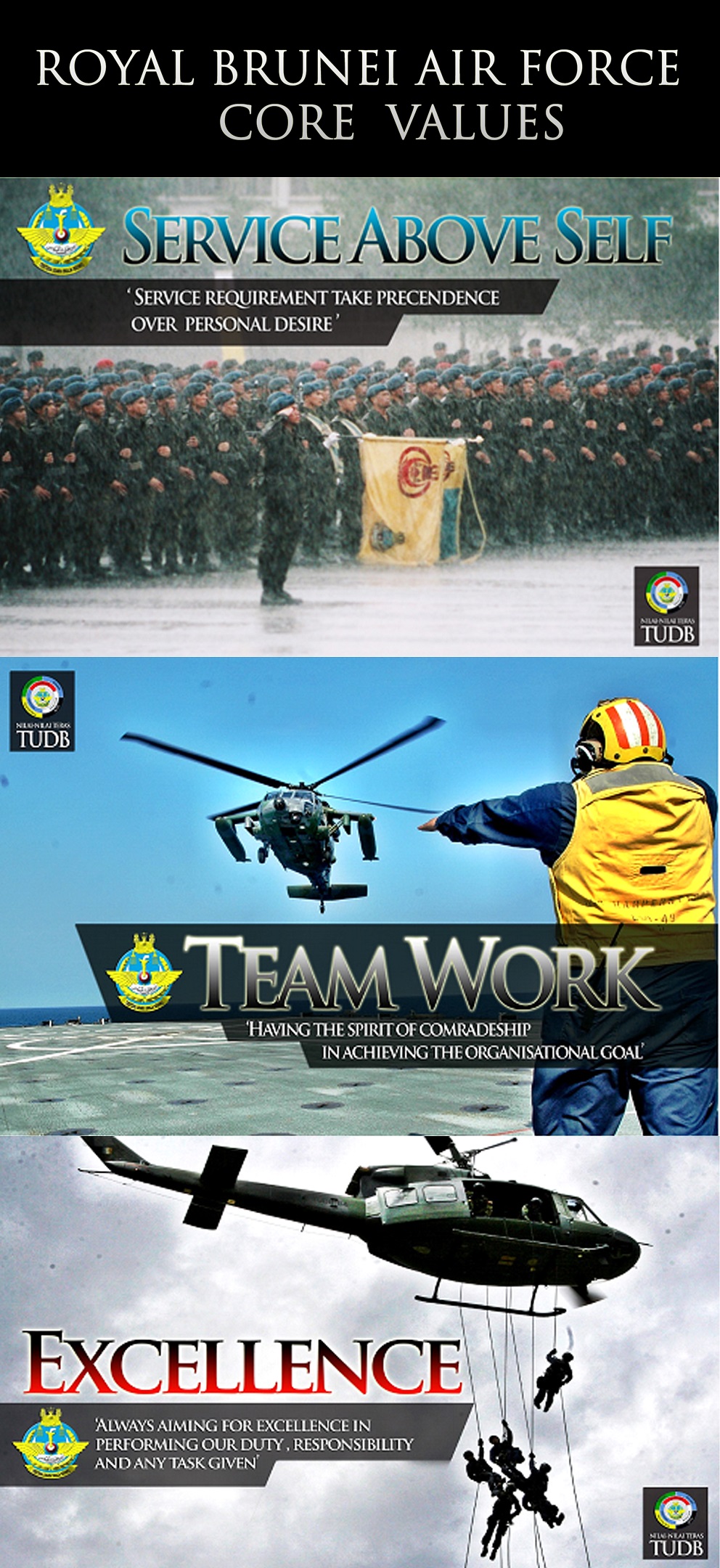
 Source: i.pinimg.com
Source: i.pinimg.com Source: www.airforcemag.com
Source: www.airforcemag.com Source: marineparents.com
Source: marineparents.com Source: i.ytimg.com
Source: i.ytimg.com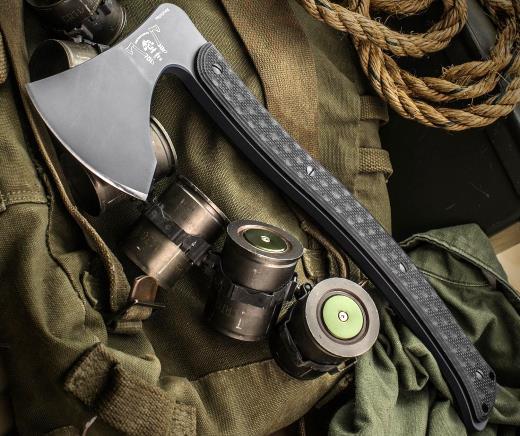
 Source: www.history.com
Source: www.history.com Source: cdn.shopify.com
Source: cdn.shopify.com Source: www.sandboxx.us
Source: www.sandboxx.us![23 Types Of Axes - Types Of Axe Heads And Their Uses [Explained With Pictures] - Engineering Learn](https://engineeringlearn.com/wp-content/uploads/2022/01/Tactical-Axe-982x1024.jpg) Source: engineeringlearn.com
Source: engineeringlearn.com
 Source: c8.alamy.com
Source: c8.alamy.com Source: thumbs.dreamstime.com
Source: thumbs.dreamstime.com Source: cdn.adlinktech.com
Source: cdn.adlinktech.com Source: c8.alamy.com
Source: c8.alamy.com Source: sites.breakingmedia.com
Source: sites.breakingmedia.com